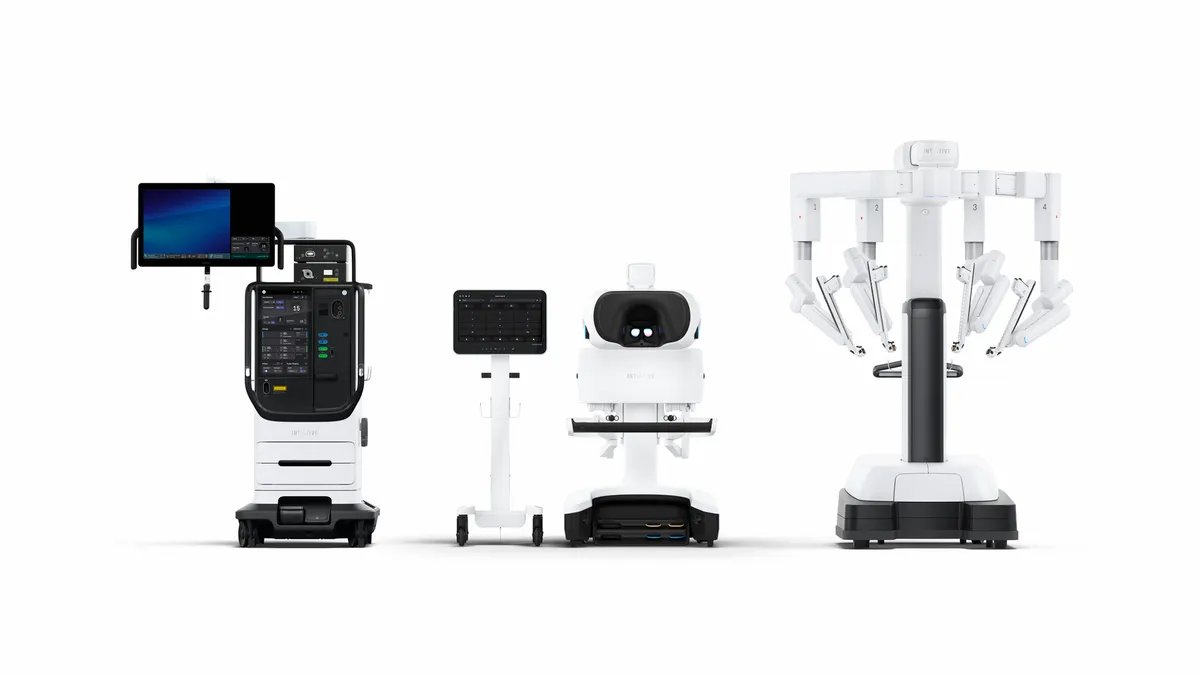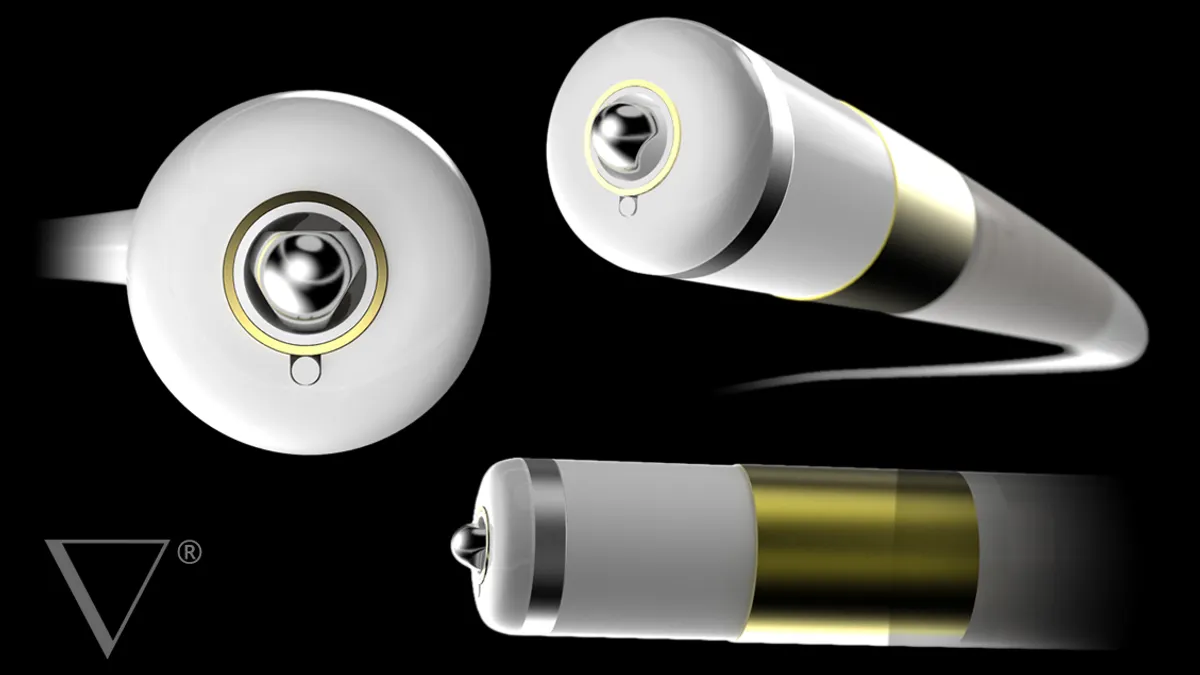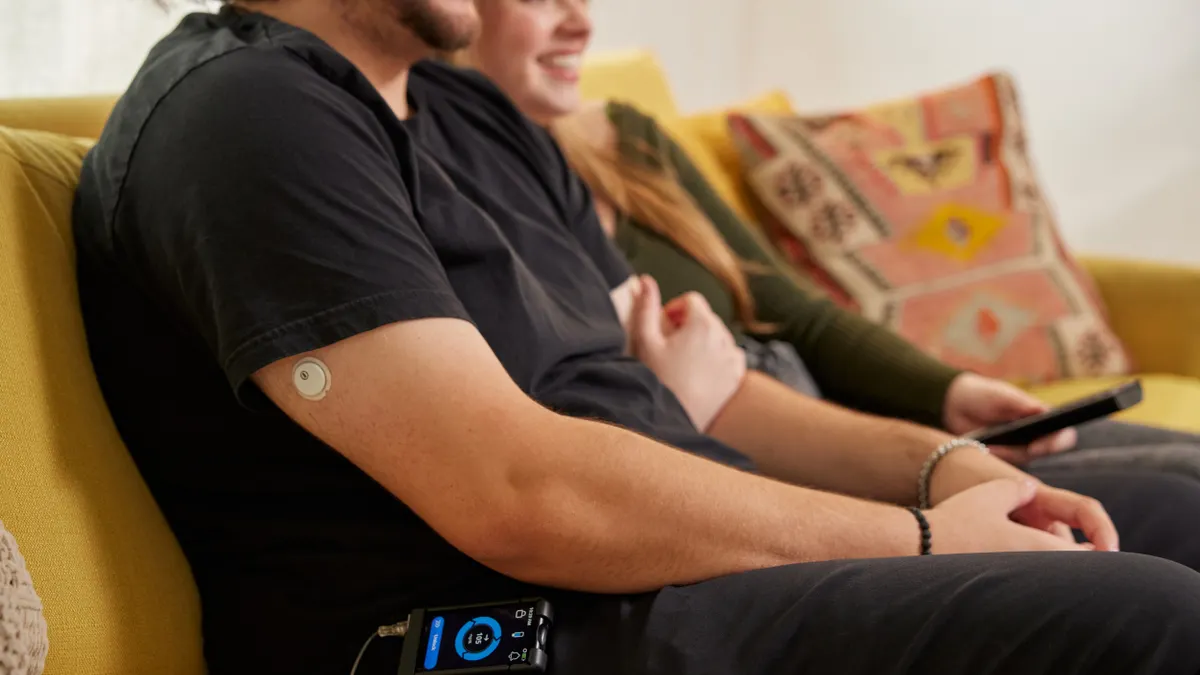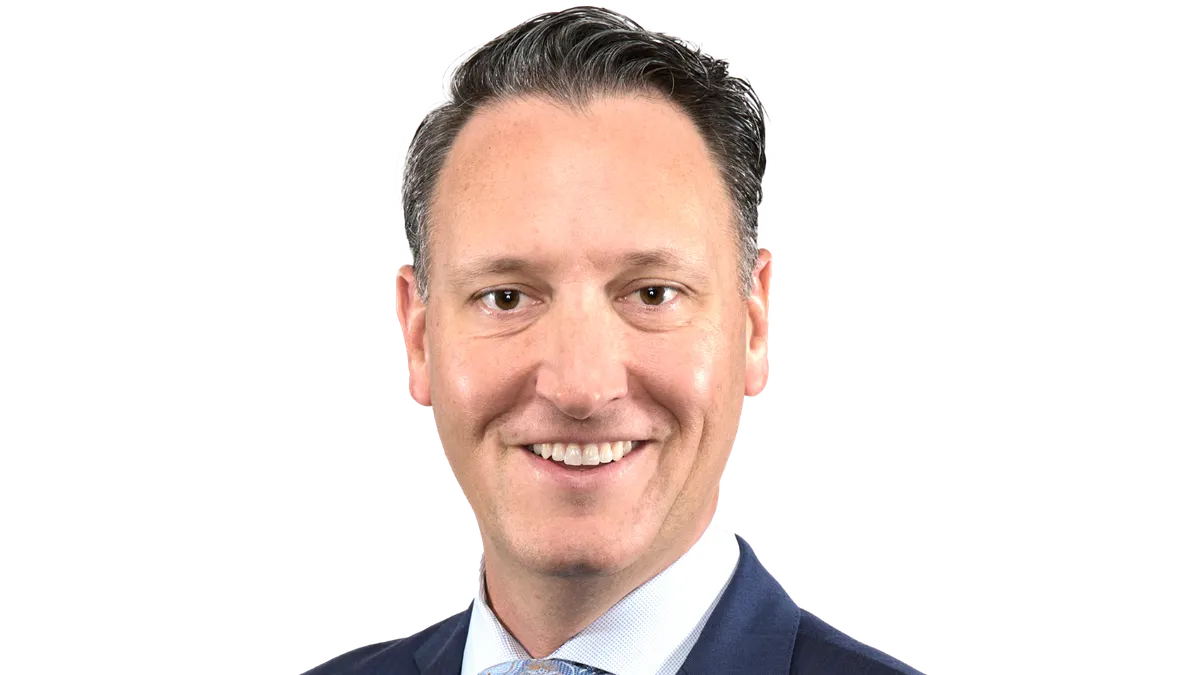Amid renewed attention to the safety of medical devices and pressure to adapt to rapidly changing medical technology, the FDA's device chief contends there is a false choice between promoting innovation and safety.
Jeff Shuren, director of FDA's Center for Devices and Radiological Health, said a major challenge is fighting public perception that speeding new devices to market comes at the cost of patient safety, or that efforts to advance device safety come at the expense of innovation.
"Nothing could be further from the truth," Shuren said in a wide-ranging interview with MedTech Dive nearly a year after the agency issued its Medical Device Safety Action Plan. "They truly are two sides of the same coin."
The device chief, who has served as center director for almost a decade and been at FDA since 1998, said a spate of actions the agency has taken over the past decade have had a tangible impact improving oversight of medical devices.
While the agency has been focused on implementing programs to allow certain devices to come to market faster such as implementing the 21st Century Cures Act's breakthrough devices pathway, Shuren noted yearly device inspections have increased 46% since 2007, with a 243% increase in foreign inspections.
"Our footprint in being able to look at medical device manufacturing facilities is dramatically greater today than it was a few years ago when I started at the center," he said.
While Scott Gottlieb, the agency's most high-profile commissioner in recent memory, stepped down earlier this month, many observers believe major changes at CDRH are not expected with Shuren continuing at the helm.
Still, the division is not without controversy. It is responding to a revival of cancer fears related to breast implants, concerns about the long term impact of certain materials in devices and criticism of allowing certain adverse events to be disclosed bundled via alternative summary reporting instead of individually in the Manufacturer and User Facility Device Experience database.
CDRH also faced criticism from public health advocates, in the splashy Netflix documentary The Bleeding Edge and by a series from the International Consortium of Investigative Journalists for lax oversight of the device industry. A common theme is that the FDA treats industry as a customer rather than a business to be regulated.
510(k) focus
Much of the criticism of the regulatory process centers on the most widely used pathway to market, the so-called 510(k) program.
Shuren said the agency's recent proposal to revamp the process was not a reaction to recent media criticism, pointing to an August 2010 report FDA published accessing the status of its 510(k) program. The Institute of Medicine also drew up recommendations in 2011 that called for scrapping the program altogether and starting from scratch.
"When I came to CDRH in fall 2009, there was no community that did not have concerns and problems with the device program. Patient groups are unhappy, health care professional groups, industry, Congress and others. We did a deep dive on the program overall. We identified important improvements we needed to make, and we move forward to make good on that commitment."

Jeff Shuren
CDRH Director
While FDA chose not to limit which devices could be used as a predicate at the time of the 2010 report, it is revisiting the idea now.
"More recently we have built on the improvements we have made to the program over the past several years to start to focus on how do we not only ensure that devices are safe and effective, but how do we advance the development of safer, more effective medical devices. And that’s what the latest proposal is about," Shuren said.
The comment docket for the proposal is still open until May 22, but Shuren noted that FDA already recognizes several technologies that don’t change much over time, a stance industry is likely to welcome.
"If this is something we wind up doing, it probably isn't going to be for every device. We'd like to see public comment. The goal is about advancing the development of safer, more effective technology. It's not about anything to do with any concerns regarding unsafe products due to reliance on the older predicates," Shuren said.
The 2010 FDA report recommended development of consensus standards with "clear pass/fail performance criteria," language that may sound familiar to those following the agency’s recent efforts to rebrand the Abbreviated 510(k) pathway as the "Safety and Performance Based Pathway."
The device chief said the effort will allow companies to demonstrate they meet or exceed performance criteria established by FDA based on modern predicates. The initiative, he argues, will drive competition in the market by providing a venue to prove a new device may be more effective than older products.
Shuren said FDA has taken into account the majority of the recommendations made by the Institute of Medicine, but instead of starting over, the agency has focused on actions that strengthen the existing 510(k) program.
"We continue to believe that the 510(k) program is a very robust regulatory pathway to market," Shuren said. "It does assure that those devices, again, appropriate devices going through the pathway are safe and effective."
Pre-Cert update
Among the most closely watched efforts CDRH is undertaking is the implementation of the pilot for its Software Precertification Program, which involves nine companies, including Apple, Johnson & Johnson and Fitbit. The aim is to allow established firms to bring updates to software as a medical device to market more quickly.
In January, FDA released the third iteration of its Working Model for the program, which outlined a plan to use the De Novo pathway in concert with an "excellence appraisal" determination in its pilot program to evaluate if pre-clearing firms results in a comparable process for evaluating safety and effectiveness.
"The pilot has been launched earlier this year," he said. "It's going to take some time to get submissions in the door."
Shuren said for companies there is no additional workload as FDA internally creates a "shadow submission that takes the pieces of the appraisal that we think map over to the traditional De Novo submission."
Industry argues the agency will ultimately need to get new legislative authority to put a precertification program in place that fulfills the original vision for the program, which would change the way new products are allowed onto the market. CDRH is aware of the concern.
One outstanding question is if FDA will find allies in Congress. Senate Democrats have raised the issue, asking Shuren for assurances that patient safety will not be risked or that the agency will overstep its statutory authority.
"We do appreciate that if the pilot works out we can do some things for precertification under current authorities, but to apply it more broadly it would likely require changes in the law. And then we would go back to Congress," Shuren said.
Funding, key priorities in new budget request
More recently, FDA published its fiscal year 2020 budget request. Shuren touted potential for additional improvement to FDA's medical device oversight capabilities if Congress appropriates the requested funding.
Such funding would build on the most recent appropriations cycle for fiscal year 2019 when the agency received significant new funds for a variety of medtech initiatives. The 2020 request includes $36 million for digital health, medical device safety, cybersecurity and medtech manufacturing in addition to the $54 million added during the 2019 round of funding.
Shuren pointed to the National Evaluation System for health Technology as one initiative already benefiting from the 2019 funding, building on FDA’s 2016 $3 million grant to establish the NEST Coordinating Center. The agency received $23 million in appropriations for NEST-related items in 2019, and is asking to maintain that level of funding in 2020, according to FDA.
Last November, the agency announced eight NEST test cases aimed at evaluating the ability to use real-world evidence in medical device regulatory decision making. Abbott, Johnson & Johnson and Stryker are among those involved in the test cases alongside FDA.
"Now we will have additional dedicated dollars to further advance that capability. Another great example of something that can support both device innovation and device safety. And of course, the active surveillance piece is very heavy on the safety side," Shuren said.
Shuren also pointed to 2019 funding he said would allow FDA to support postmarket safety studies for the first time.
"Funding had previously been appropriated to drug program to do this," he said. "And now the device program has dollars to do the same thing."
Another step to improve NEST FDA said it supported in its budget justification for its fiscal year 2020 budget is the inclusion of unique device identification for medical devices in claims data, which watchdogs say could improve patient safety.
Shuren said endorsement of the idea in this year’s budget request is nothing new, noting his support for UDIs in electronic health records as part of FDA’s early strategy for establishing a national medical device postmarket surveillance system in 2012.
FDA’s plan to boost 510(k) safety is a request formalized in its budget proposal for new authority from Congress to implement special controls for Class II devices through an administrative order rather than going through a rulemaking process. The agency argued the proposal would allow it to mitigate risks and safety issues more quickly.
Meanwhile, CDRH is undergoing is a major reorganization of its premarket and postmarket teams into one "super office" aimed at tracking devices through the total product life cycle.
During the last negotiations over the medical device user fees the industry pays to the agency, industry was not totally on board with moving to a total life cycle approach backing using user fees for the current regime.
"We do have the resources to implement the reorganization effectively and we would not have moved forward with the reorganization if we did not have the ability to implement it," Shuren said.
Coming off one of the longest government shutdowns in FDA history, Shuren said the agency is back to full capacity and reviews are continuing unimpeded despite concern from industry a backlog of applications may have piled up when the shutdown came to a close.
"We're on track for meeting all of our MDUFA IV performance goals," Shuren said.





















